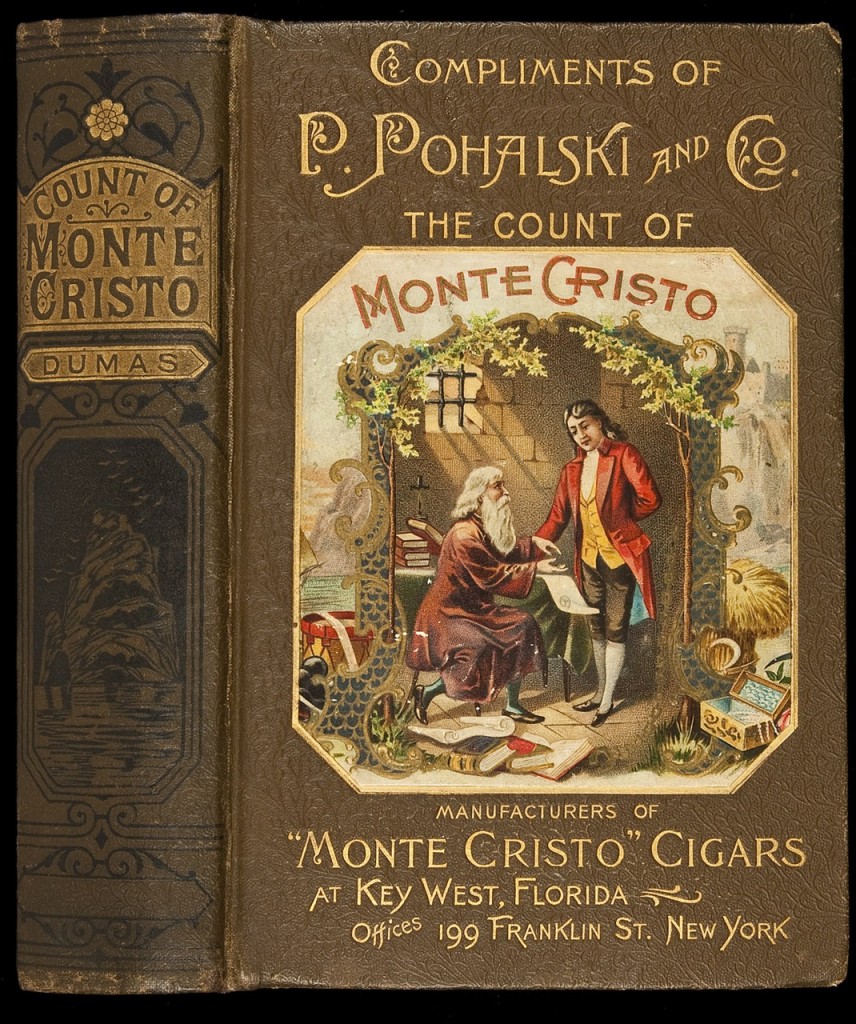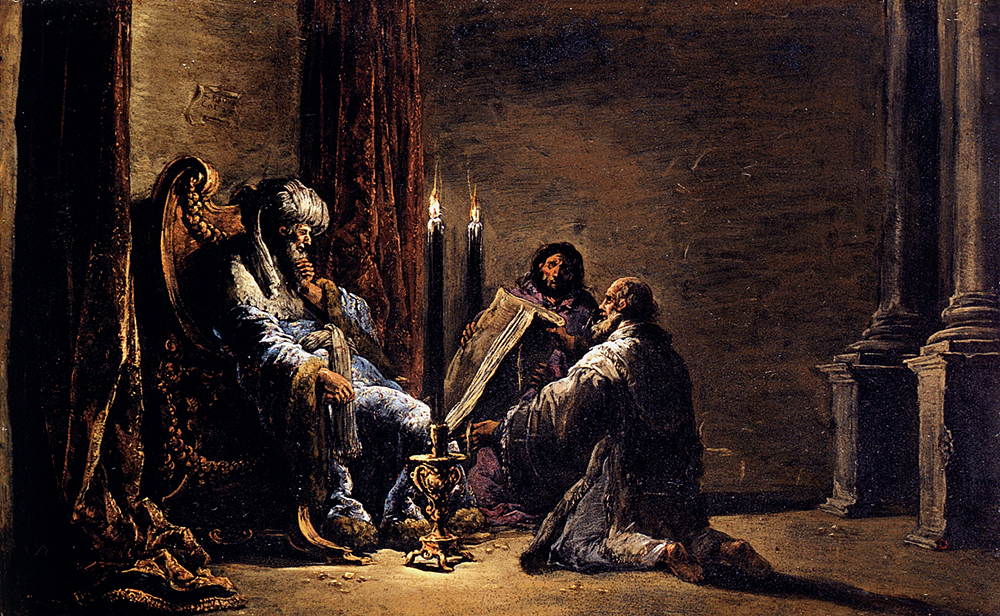The only notable thing about Europe these days is that Christians used to live there. “You didn’t build that,” we might say. And the same thing is becoming true in America. So with the great joy at rediscovering the forgotten treasures they left behind, there is also the weight of sadness that it was so easily cast aside. Fortunately those great men built such a rich and durable culture, it has taken us a long time to destroy it. It is never to late to repent. Like Josiah rediscovering the scrolls of the law, there was great joy, but the king tore his clothes, because he knew they deserved judgement for their apostasy. But they reformed nonetheless knowing that our God is compassionate. So it should be with us.
Oh we live in a time of so much opportunity. I can do my work all day and have people read the great classics of Christendom to me, all for free. So I was blown away this week as I began to listen to the Count of Monte Cristo. If you have heard of the book at all you were probably taught that it is all about revenge, this is the overwhelming theme of all the movies I have seen (Interesting that the actor who plays the count in the latest movie also played Christ in the Passion). Wikipedia and other sources only speak of revenge. Woe to the men who perpetrate this lie, they will receive their millstones (Matthew 18:6).
The New Testament brings about great changes in God’s relationship with his people. One of these is in the area of the arts. In the Old Testament many of the arts represented paganism and were forbidden. “You shall not make for yourself a carved image, or any likeness of anything that is in heaven above, or that is in the earth beneath, or that is in the water under the earth.” –Exodus 20:4. Art, was idols. We do see Solomon adorning his temple with cherubs, pomegranets, and palms. So it was with their literature, which centered mostly around commenting on the law, or poems of praise. So it was with the art of Christendom, but in a different way. The floors of churches were now covered with mosaics of animals, while the synagogue had featured only geometric patterns. Christianity took the implements of paganism, and baptized them for the glory of God. It was a tremendous victory. And it extended to all the arts.
Jesus unlocked a different way of looking at the Old Testament. He read the same words as the Jewish people had done, but he read them differently, he fulfilled them to the letter but in a way no one had expected. This shift or double meaning, opened up a whole new world of literature. No longer did Christians merely comment on the Law of God, they mimicked it. As with the parables of Jesus, stories could teach, they could also hide. The truth of the Old Testament had been hidden. Jesus revealed it by writing the new story of his life to fulfill it, to change the meaning. It is no wonder that the Church began to have an affinity for allegory. The New Testament writers followed the lead of Jesus and began finding rich comparisons in the stories of the Old Testament. Sure they were the actual historical accounts of what happened to the great patriarchs but they were also images, themes that could be applied today. And so they applied them. Rich art traditions formed around these characters and those of the New Testament, literature, art, sculpture, architecture, music.
One of the most popular books of all time, second only to the Bible, is Pilgrim’s Progress. A blatant allegory written by the vibrant Puritan, John Bunyan. But many men wove the themes of their Faith into more subtle tapestries. These threads connected from work to work, building and building, and then the weaving went dormant as the modern age set fire to the past with it’s coal furnaces of industry. I discovered this week the Count of Monte Cristo, as Jesus the Christ. The Count of the Mountain of Christ, it should be obvious. And so it was after less than a quarter of the book. The blind can see only revenge in the book, just as they think Christianity is only about rules and a cruel judgemental God.
 The words of the Gospel are, true, they should not be changed or twisted. But they are not dead. As they create new stories in the lives of each saint, they can also create rich stories in the minds of great writers, sub-creators, as Tolkien calls them. The Gospel can be told in new and creative ways, as the arts are explored, and discovered. These other worlds can knock down our biases and give us perspective on our world. What a wonderful world has been given to us.
The words of the Gospel are, true, they should not be changed or twisted. But they are not dead. As they create new stories in the lives of each saint, they can also create rich stories in the minds of great writers, sub-creators, as Tolkien calls them. The Gospel can be told in new and creative ways, as the arts are explored, and discovered. These other worlds can knock down our biases and give us perspective on our world. What a wonderful world has been given to us.
It really would not do justice to try to summarize the rich story, read it, listen to it for yourself. But, it is so incredible having the Gospel story retold, as if it were the first time. Far better than a hundred sermons. Each man is judged, but it is not revenge, each chooses his path himself, just as on this earth. The treatment of Edmund is either rewarded or punished, just as the treatment of our Lord. No cup of water given to his disciples, for his sake, will be forgotten (Mark 9:41). Each story of each man is a gambit, they are given even another chance. They could repent, and be blessed or heap judgement upon themselves. We often forget the end of the gospel, the return of our Lord. But that is the gospel too. It is the Justice, which we, the faithful servants of Jesus, thirst for (Matthew 5:6). And the Christ will come and set it all right. Our sense of justice is not misplaced it is only not yet realized. But it shall be one day. The Count will return. The Innocent shall be set free, and blessed to party with the count in his bejeweled luxury. The guilty shall be left to destroy themselves, in utter darkness.
Listen: https://librivox.org/the-count-of-monte-cristo-version-3-by-alexandre-dumas/

